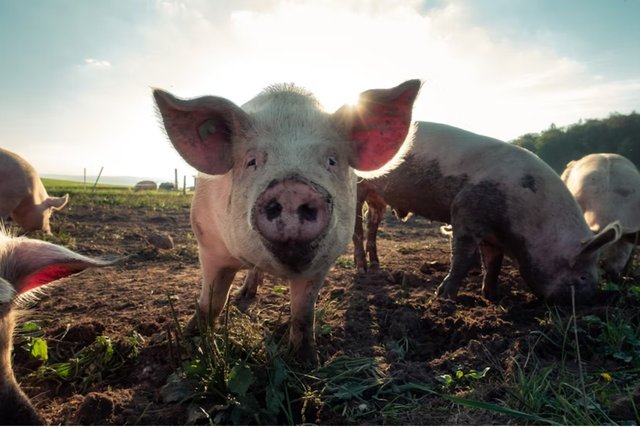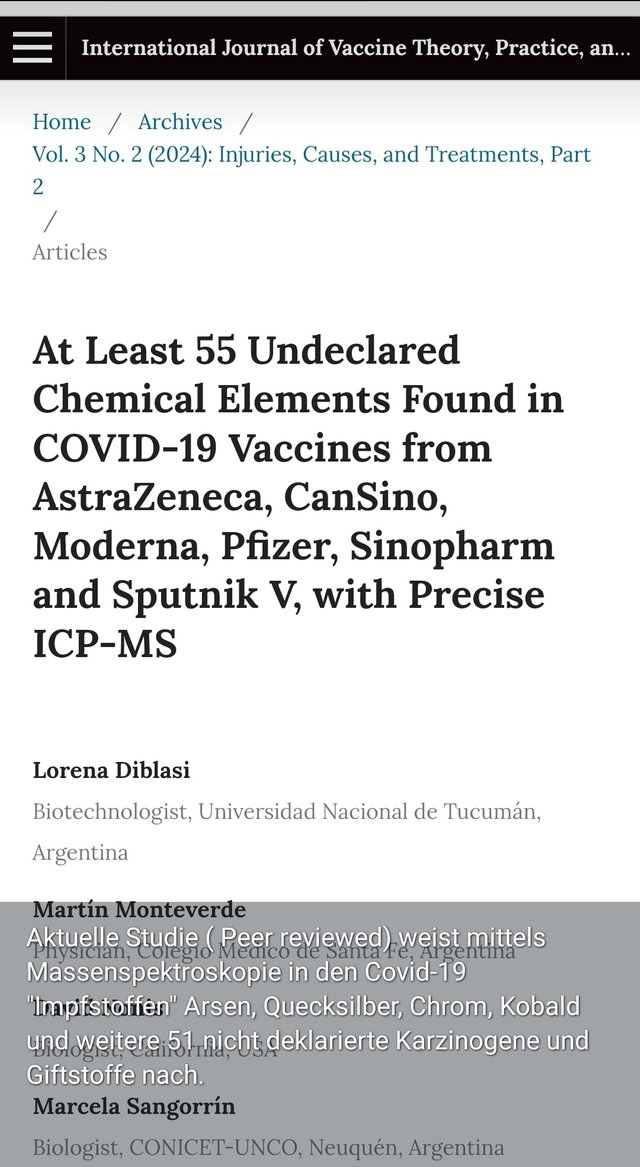https://journals.plos.org/plosone/article?id=10.1371/journal.pone.0323736
Im Jahre 2021 hat haben die Machthaber in Berlin und diverse Staatsorgane zusammen mit den Medien ethisch und medizinisch evidenzlose Menschenversuche an der Bevölkerung beworben. Kritiker dieses ohne klinische Prüfung durchgeführten Experiments an Millionen Bürgern wurden massenmedial als Coronaleugner oder Querdenker, als Aluhutträger usw. diffamiert. Nun zeigt sich, dass die damaligen Warnungen der Kritiker dieser staatlich organisierten und von der Politik beworbenen Impfexperimente mit ihren Warnungen vor den tödlichen Folgen der Kombination der toxischen Gentherapeutika beim Einsatz am Menschen Recht behalten sollten.
Die obige und in der letzten Woche veröffentlichte Studie zeigt, dass die Menschenversuche bei der die Plasmid verseuchten und hoch toxischen mRNA Produkte in Kombination mit viralen Genträgern für die geimpfte Bevölkerung tödlicher war als eine homologe Strategie bei der ein und derselbe Genträger verwendet wurde - unbeschadet der Tatsache, dass auch die homologe Gentherapie weitaus gefährlicher ist und war als sich gar nicht mit der toxischen mRNA Prionenkodierenden Spikespritze behandeln zu lassen.
Das folgende Bildzitat aus der obigen Studie zeigt die katastrophalen Effekte der heterologen Kombinationsstrategie, welche beispielsweise von Jens Spahn und anderen wiederholt in den Staatsmedien und den Presseorganen - ohne jegliche wissenschaftliche Evidenz und klinische Prüfung - beworben wurde.
In der Grafik ist klar zu erkennen, dass die Kombination aus mRNA und viraler Gentherapie bei der vermeintlichen COVID-19 "Impfung" mehr als doppelt so häufig tödlich ausging als die homologe Vorgehensweise. Über diese brisanten Ergebnisse wird in den Massenmedien der Staatsorgane geschwiegen, was als Versuch der Vertuschung gewertet werden kann.
Mit Blick auf die nun mehr präsentierten Ergebnisse dieser Menschenversuche die als "Impfung" deklariert wurden - muss man zu dem Schluss kommen, dass die vorsätzlichen Empfehlung der Gesundheitsminister, wie auch der Staatsorgane - gegen ärztlichen Rat der Kritiker dieser Massnahmen - den Straftatbestand des Massenmordes erfüllen. Denn die beteiligten Politiker, welche die heterologe Kombination zweier verschiedener toxischer Gentherapeutika empfahlen, waren fortlaufend vor den Gefahren einer solchen klinisch nicht evaluierten Strategie durch Ärzte und Wissenschaftler gewarnt worden - und empfahlen dennoch deren Einsatz. Hier war auf Seiten der Politik mutmasslich ein gehöriges Maß an krimineller Energie offenbar vorhanden - abseits jeglicher wissenschaftlicher Evidenz und basaler Standards der klinischen Forschung solch tödlich verlaufende Menschenversuche durchzuführen.
TÖDLICHE KOMBINATIONSTHERAPIE!!!
 |
| Tödliche Kombinationsimpfung - entgegen der wissenschaftlichen Evidenz und medizinischer Standards und den Minfestanforderungen für Sorgfaltspflichen |
Jens Spahn, Angela Merkel, Olaf Scholz, Karl Lauterbach, die STIKO, das RKI und die Mitglieder des sogenannten Experten, wie auch Teile der Ethikomission, ja sogar Teile der berufsständigen Organisationen der Ärzteschaft haben durch Schweigen oder gar proaktive Unterstützung dieser staatlichen Coronaverbrechen große Schuld auf sich geladen, die juristisch und strafrechtlich dringend aufgearbeitet werden muss. Warnungen aus der Ärzteschaft, die jedem Politiker in den deutschen Parlamenten, wie auch den zuständigen Ministern und der Regierung auf Bundes- und Landesebene übermittelt wurden, wurden dabei seitens der staatlichen Akteure unter Missbrauch ihrer Amtsgewalt missachtet und ignoriert.
Viele Menschen, die unmittelbar oder mittelbar an den Folgen dieser Menschenversuche verstorben sind könnten heute noch leben. War bereits die homologe - also mit einem Gentherapeutikum betriebene - Strategie gegen das C-19 Virus für sich schon hochproblematisch und unter Nutzen--Risikoaspekten als gesundheitsschädlich einzustufen, so war die Kombination zweier unterschiedlicher Präparate wie z.B. Comirnaty von Biontech und Astra Zeneca ein absolutes No Go, das für viele Betroffene, welche auf Politik und Staatsorgane und die Medien gehört haben, tödliche Folgen gehabt hat.












.jpg)
